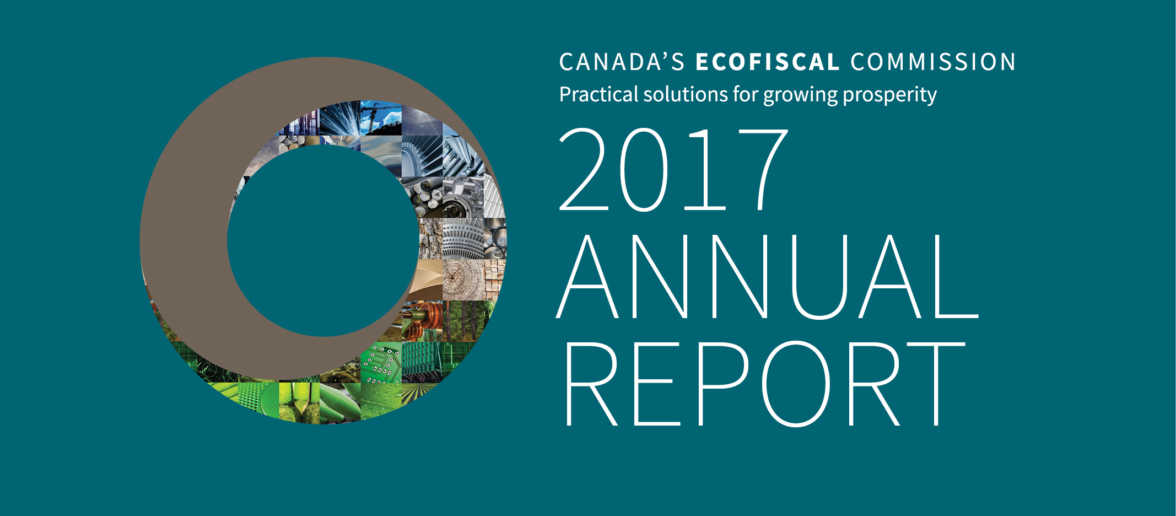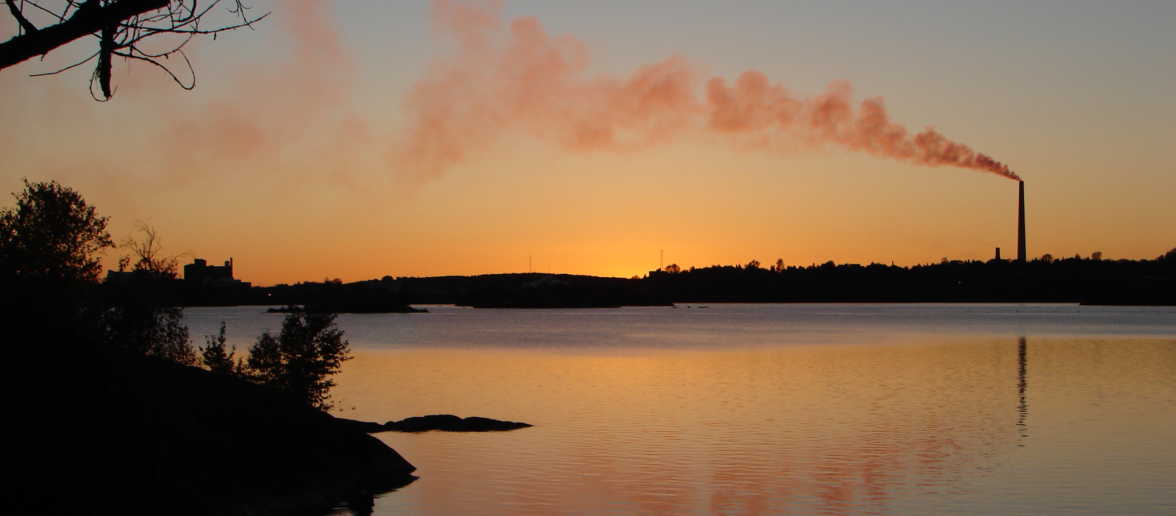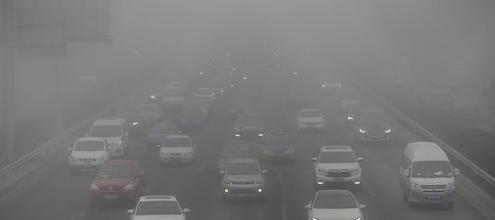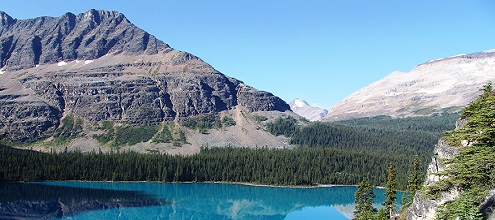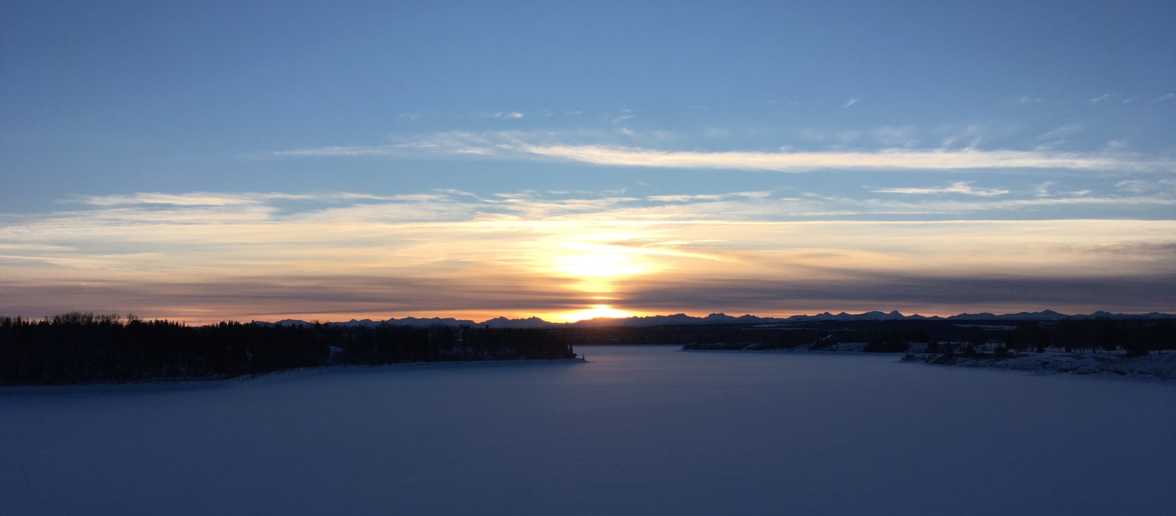
Albertans are environmentalists (even if they don’t know it)
Climate and Energy Livable Cities Pollution Alberta Carbon tax Climate Change Economics for the Rest of Us Oil sands Wonk WednesdayCanada is a decentralized, sparsely populated and very, very big country. Cultures and attitudes are often regional. Provinces don’t always see eye to eye. As an Albertan living in Ontario, these challenges have become evident in my ongoing dialogue with Albertans—especially when it comes to climate and carbon pricing. It can, on occasion, feel like we […]

